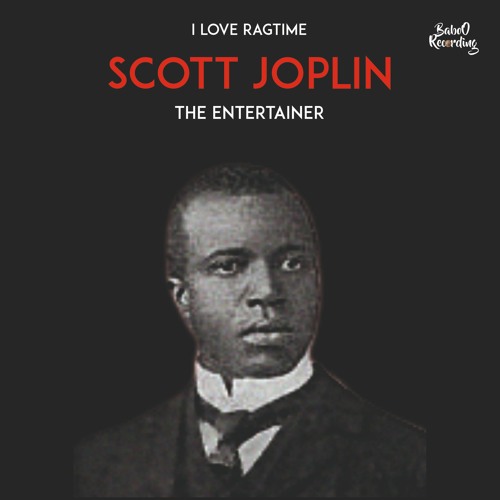Introduction
"Maple Leaf Rag," composed by Scott Joplin in the early 1900s, is a seminal piece in the ragtime genre. Known for its syncopated rhythms and lively melodies, this track played a crucial role in popularizing ragtime music across America and beyond. Joplin, often referred to as the "King of Ragtime," crafted this piece to showcase the intricate and playful nature of the genre.
Cultural Context
Emerging during a time when vaudeville ballads and early acoustic recordings were prevalent, "Maple Leaf Rag" became a staple in the salon and theater circuits. The track was originally published in 1899 and quickly became one of the most popular ragtime compositions, selling over a million copies in sheet music form by 1914. This song's success helped cement ragtime as a major influence on the development of jazz and early 20th-century popular music.
Production & Sound
The track is characterized by its brisk tempo and syncopated rhythms, which are hallmarks of the ragtime style. Joplin's composition features a structured AABBACCDD form, allowing for a dynamic interplay of melody and harmony that captures the listener's attention. The piano arrangement highlights Joplin's skillful use of syncopation, which was innovative for its time and continues to be studied by musicians today.
Modern Legacy
"Maple Leaf Rag" remains relevant due to its historical significance and enduring appeal. The track has been covered and interpreted by numerous artists over the decades, each bringing their own flavor to Joplin's original composition. One notable interpretation is by pianist Joshua Rifkin, whose recordings in the 1970s helped spark a ragtime revival and introduced the genre to new audiences. The enduring popularity of "Maple Leaf Rag" highlights its timeless quality and its pivotal role in the evolution of American music.



Comments (0)